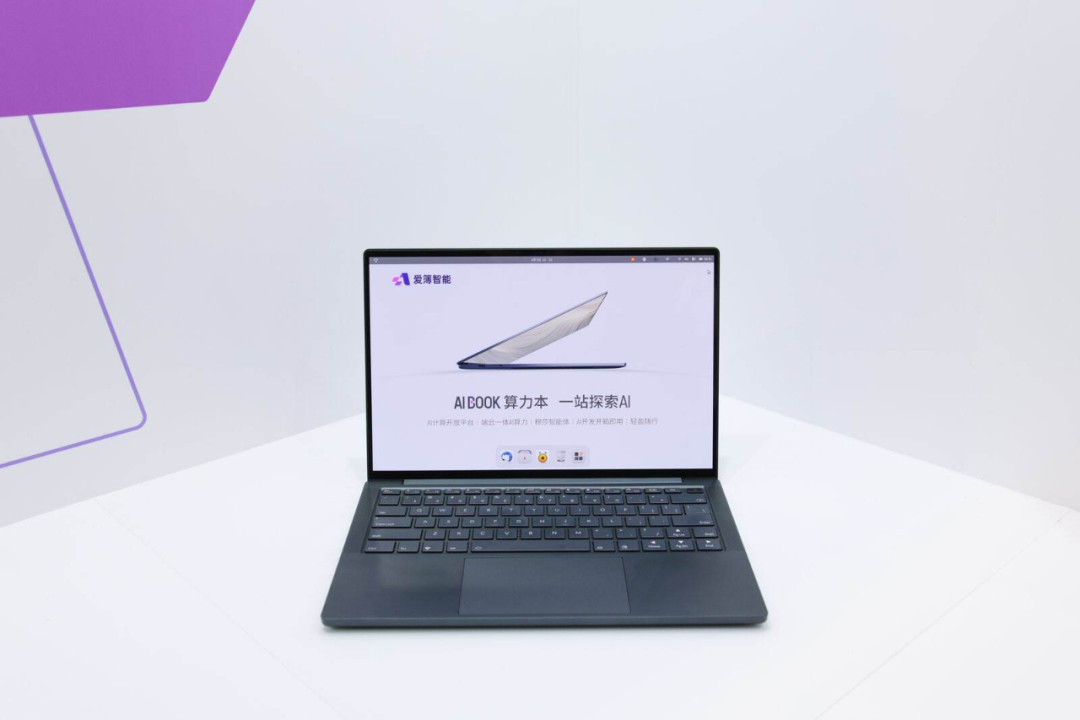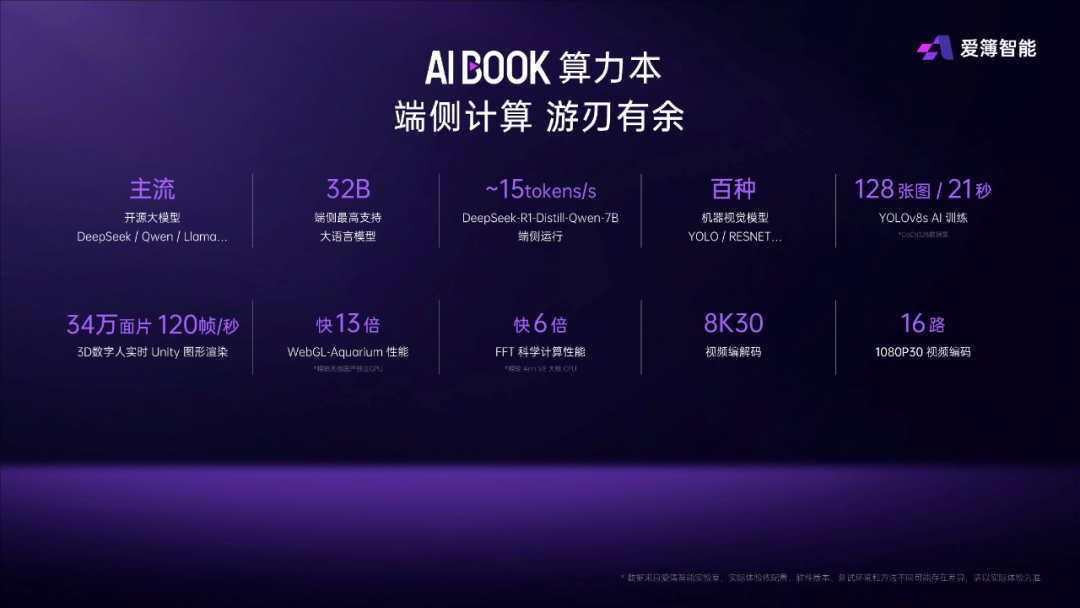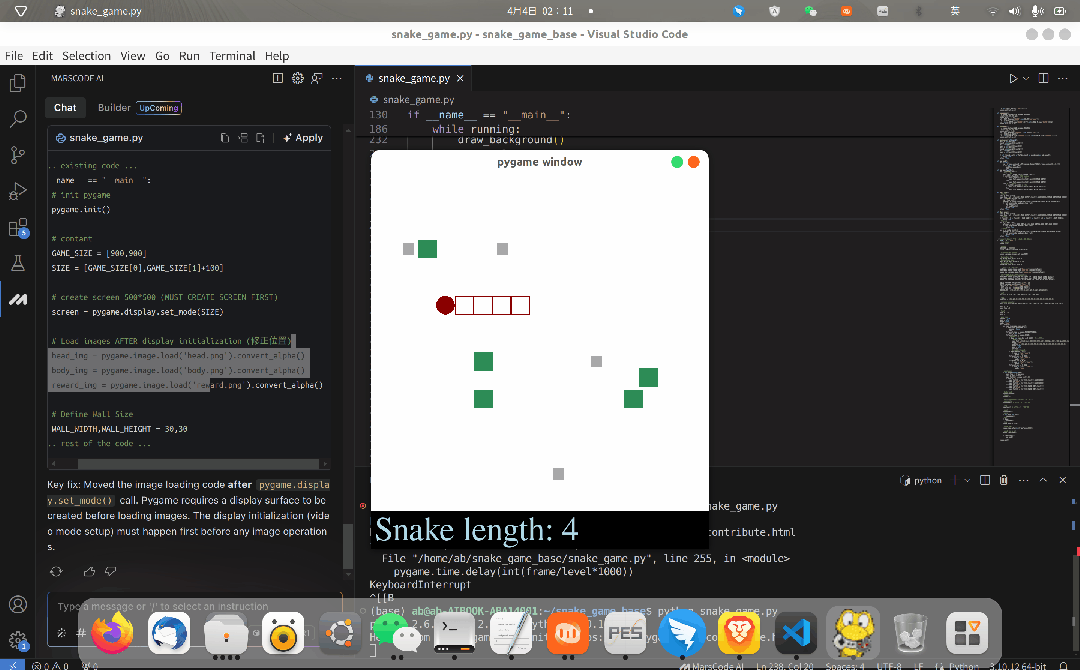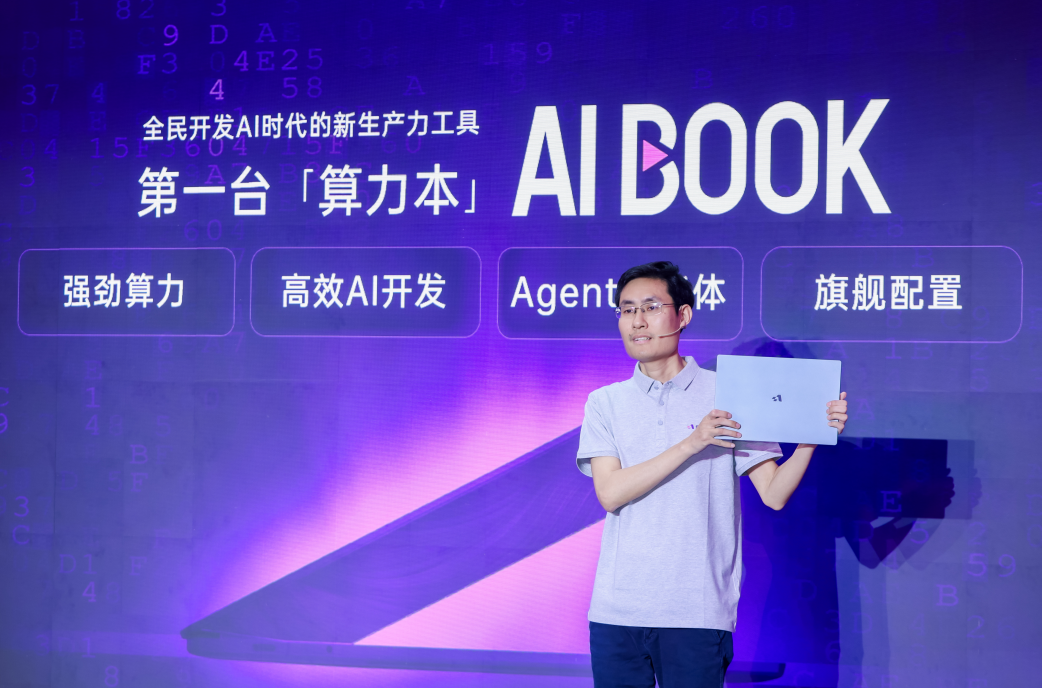Author | Hua Wei
After the release of DeepSeek, a global wave of open-source large models has emerged. Meta has just released Llama4, and tech giants like Google and Microsoft are continuously innovating in the AI field. Even OpenAI recently announced that GPT-5 will be available for free. Meanwhile, various AI application tools are emerging, attracting an increasing number of users.
Ricky Robinett, Vice President of Cloudflare, previously stated that his 8-year-old daughter built a chatbot using the AI coding assistant Cursor in just 45 minutes. Meng To, the creator of the online learning provider DesignCode, shared that an 8-year-old boy with no coding experience developed two platform games, a drawing application, an animation application, and an AI chat application using only Claude AI and Cursor, with each project taking just 2 hours.
“The demand for AI applications from both individuals and enterprises has been completely ignited.” The collaborative evolution of technology and application is promoting the inclusive development of AI. Now, everyone can become an AI developer. However, it is worth noting that professionals face many challenges when using various AI models and tools based on existing personal AI development devices.
Currently, AI developers face two main challenges: first, insufficient computing power and high costs, leading enterprises and developers to often fall into the dilemma of “unable to afford the cloud, unable to run on the edge, and unable to wait for results”; second, insufficient support from development toolchains, with complex development environment configurations and inconsistencies between edge and cloud environments, making it difficult to meet the rapid iteration needs of large models and intelligent agents. These device-related issues not only increase the complexity of development but also lead to a lot of unnecessary energy consumption.
“The essence of the large model competition is a competition of developer productivity. In the AI era, what developers need is not a more powerful computer but a personal intelligent computing center that can carry creativity,” said Sun Yukun, founder and CEO of Aibook Intelligent.
Based on this idea, Aibook Intelligent recently launched its first “computing device” product, AIBOOK, which can serve as a plug-and-play portable AI development device, AI computing platform, AI learning platform, and AI training tool. This product is centered around 50 TOPS of edge computing power, equipped with a native Linux environment, a plug-and-play AI development tool suite, and an integrated edge-cloud architecture, with a slim body of only 12.4mm, allowing users to “directly put the computing power into their backpacks” for immediate use.
What can an AI computing device do?
According to Aibook Intelligent, AIBOOK is not an upgraded iteration of AIPC but an “AI training room” that can fit in a backpack, making it an ideal AI learning and development tool for developers, AI enthusiasts, and university students.
In actual AI development, developers need to complete cross-platform development, often running Linux on other operating systems through virtualization. This process may face complex installation configurations, compatibility issues that can lead to system instability, or the increased adaptation costs due to version differences in GPU, toolchains, and dependency libraries. Even if the environment is painstakingly configured, performance may still differ from native Linux, and CPU computing performance and GPU model training may not meet standards.
This is the first hurdle in AI development, and many developers stumble at this stage. AIBOOK itself operates in a native Linux environment, with its MT AIOS operating system based on the Linux kernel and a complete pre-installed AI development toolchain, optimized specifically for AI development, allowing for development work without cumbersome configurations. Additionally, AIBOOK comes with a complete AI development environment, including mainstream development tools such as Python 3.10, VS Code, Jupyter Notebook, and commonly used libraries like PyTorch, MTT, vLLM, Pandas, Matplotlib, NumPy, and Seaborn, covering data science, machine learning, and deep learning fields, enabling a plug-and-play AI development experience.
Currently, most AI learning, research, development, and cloud computing work is based on open-source Linux operating systems, and even the highly regarded embodied intelligent robots rely on similar underlying technologies. AIBOOK is built on this open-source environment, allowing users to fully engage in AI learning and practice.

Moreover, AIBOOK possesses powerful and comprehensive computing capabilities. It is equipped with a self-developed SoC chip AB100, 32GB of large memory, and 1TB of large storage, providing up to 50 TOPS of edge computing power (under INT8 precision, AIBOOK can execute 50 trillion integer operations per second), smoothly supporting mainstream open-source large models like DeepSeek, Qwen, and Llama, with support for large language models with up to 32 billion parameters, and capable of running the DeepSeek-R1-Distill-Qwen-7B model on the edge at speeds of up to approximately 15 tokens/s. It can also support models based on RNN architecture, such as RWKV, in addition to transformer architectures.
In addition to edge computing power, AIBOOK can also connect to intelligent computing clusters in the cloud. Through the “edge-cloud integration” collaborative solution, AIBOOK will seamlessly connect to the Moole Thread Kuai E Cloud (KUAE Cloud), allowing users to connect to cloud computing power with one click, enabling inference, training, fine-tuning, and development deployment of larger-scale models. Based on the “edge + cloud” design concept, users can freely switch between local or cloud models, protecting private data while fully utilizing cloud resources to build an efficient and secure AI development ecosystem.

With the support of high-performance computing power, AIBOOK has a wide range of application scenarios, capable of performing inference for various AI models, covering text-to-text, text-to-image, text-to-speech, speech-to-text large models, as well as hundreds of machine vision models like YOLO and RESNET; it achieved YOLOv8s AI training on the CoCo128 dataset, processing 128 images in just 21 seconds.
At the same time, AIBOOK also demonstrates excellent performance in graphics rendering, high-performance computing, and video processing. It supports real-time Unity graphics rendering of 3D digital humans with 340,000 polygons, achieving a frame rate of up to 120 frames per second; in the WebGL-Aquarium performance test, it outperformed other domestic independent GPUs by 13 times; it supports 8K30 frame video encoding and can achieve 16-channel 1080P30 frame video encoding, meeting developers’ needs for high-quality video processing.
Additionally, AIBOOK integrates full-scene AI functions, including text-to-image, multimodal picture book creation, AI voice synthesis, AI voice transcription, and personal knowledge bases.
How does the real machine demonstration perform?
On the day of the release, Sun Yukun demonstrated several programming development cases using AIBOOK. The most surprising was the “three-step replication of movie-level 3D effects” and “building intelligent agents in seven steps.”
On AIBOOK, operators can create black hole visual effects similar to those in “Interstellar” in just three steps without writing complex graphical code. By using the Sider editor and AI programming assistant, GLSL shader effects are automatically converted into runnable Three.js web effects, achieving stunning visual effects such as dynamic black holes, spatial distortion, and gravitational halos, with real-time parameter modifications, color additions, and animations, which can be demonstrated and shared in web form.
In the intelligent agent building project, AIBOOK constructs an AI model-based intelligent agent called “Personal Health Assistant” in just seven steps. This intelligent agent can automatically analyze users’ exercise, heart rate, and sleep data by calling large model APIs and the LangChain framework, combining personal health data with weather information to provide customized health advice based on the day’s weather and user preferences.
During the operation process, since AIBOOK has pre-installed the AI development environment and tools, there is no need to set up a programming environment; operators can directly use AI to assist in generating code and interfaces. This means that even non-professional developers can easily complete this application development.
Moreover, AIBOOK can also be used to “magically modify” creative mini-games, such as using the AI programming assistant to change the classic Snake game into a new “play style”—the snake’s head becomes Nezha, the body becomes lotus root, and the reward for eating is a sparkling spirit pearl, all without writing any code, just through natural language dialogue.

It is also worth mentioning that AIBOOK has a built-in native intelligent agent “Musa,” which supports multimodal interaction with a hyper-realistic 3D digital human image, possessing strong understanding and execution capabilities. Users only need to issue simple voice or text commands, and Musa can autonomously plan and execute tasks, quickly scheduling applications to execute commands and achieving automated processing of complex tasks.
Compared to mainstream AIPC products on the market, AIBOOK computing device is a new category that extends the openness of Linux from infrastructure to personal terminal devices, creating a truly “open-source” AI ecosystem. In addition to pre-installing various practical and user-friendly AI applications, AIBOOK also comes with a programming development environment and tools, truly achieving “plug-and-play” AI, meeting the full chain of AI usage needs from playing AI, using AI, learning AI, practicing AI, to generating AI.

At the same time, AIBOOK adopts a “lightweight” design style, equipped with a 14-inch 2.8K OLED screen, 8K video playback, and 4K four-screen expansion capabilities, achieving native color display of 1.07 billion colors, a high refresh rate of 120Hz, and hardware-level blue light protection, while weighing only 1.35kg and measuring only 12.4mm at its thinnest point.
According to Sun Yukun, AIBOOK uses high-cost ultra-thin VC, which effectively reduces the overall height of the cooling system compared to traditional flat heat pipes. It also employs various body optimization technologies, including internal component stacking to minimize internal structure height; the A-side shell material is manufactured using a combination of stamping and CNC technology to maximize the fit between the A shell and the OLED screen component, reducing screen thickness.
As for battery life, it varies depending on the actual usage environment and habits, as different tasks consume power differently, so the battery life is inconsistent. The current version of AIBOOK offers about 4 hours of video playback. In the future, they will continue to optimize AIBOOK’s power consumption through BIOS, operating system, and driver iterations to improve battery life performance.
In Aibook Intelligent’s view, the computing device is not just a simple hardware iteration but an evolution of AI productivity tools aimed at enabling more developers to achieve “development freedom.” From fixed computing in the PC era to mobile office in the laptop era, and now to lightweight AI applications in AIPC, technological evolution has never fully resolved the core contradiction—the developers’ demand for full-scene AI and freely open computing power. A good AI productivity tool should meet the following standards:
-
Help developers gain computing freedom: Developers need strong computing power to handle complex AI model training and inference tasks. The computing device can perform complex calculations in edge or offline environments and can connect to the cloud with one click, flexibly responding to different scene needs.
-
Provide developers with tool freedom: Developers need a complete development environment to improve efficiency. The computing device comes with a “plug-and-play” Linux development environment, covering a complete toolchain from data science to deep learning, allowing developers to quickly engage in development without cumbersome configurations, focusing on creation rather than configuration.
-
Assist developers in achieving scene freedom: Developers need devices that can meet various scene requirements. The computing device supports switching between Linux and Windows cloud desktops, capable of handling complex development tasks as well as daily office and entertainment needs.
Furthermore, AIBOOK is equipped with the AI learning platform Moole Academy, providing a complete curriculum system from basic AI theory to practical development, covering multiple cutting-edge technology fields such as artificial intelligence, digital twins, and accelerated computing.
Sun Yukun revealed that in addition to the AIBOOK product, Aibook Intelligent also has intelligent modules and other product forms that can support smart cars, embodied intelligence, Mini PCs, and various edge AI terminal products.